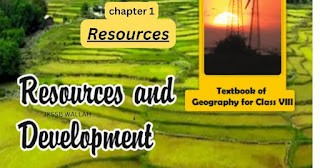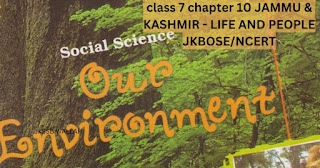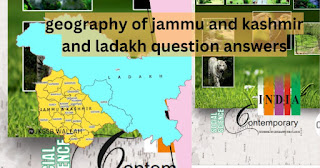Class 8 Geography Chapter 1 – Resources JKBOSE/NCERT question and answers
Chapter 1 – Resources 1. Answer the following questions. (i) Why are resources distributed unequally over the earth? Ans: Earth’s varying topography, climate, and altitude cause unequal resource distribution. Development and technology levels also play a significant role. (ii) What is resource conservation? Ans: Conservation is saving resources for the future by ethically protecting valuable resources … Read more






